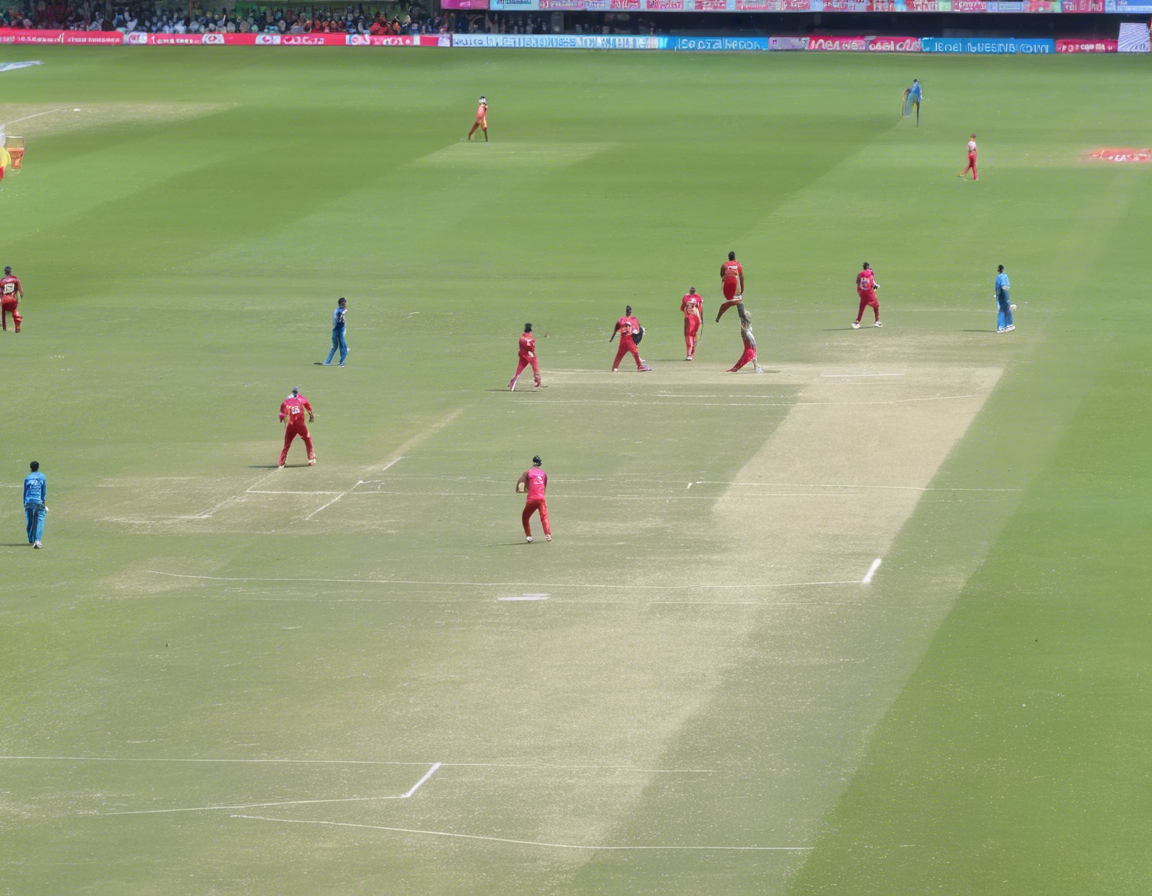When it comes to cricket, the pitch is often a crucial factor that can significantly influence the outcome of a match. A pitch report provides valuable insights into the conditions of the playing field and helps teams strategize effectively. In this article, we will delve into the importance of pitch reports, factors that affect the pitch, interpretation of pitch conditions and provide a comprehensive guide to understanding the playing field.
The Importance of Pitch Reports
A pitch report is akin to a roadmap for cricket teams, guiding them on how to approach the game based on the conditions of the pitch. Understanding the pitch can help teams decide whether to bat or bowl first, what kind of bowlers to use, and what tactics to employ. In a sport where even the slightest advantage can tip the scales, the insights provided by a pitch report are invaluable.
Factors That Affect the Pitch
-
Grass Cover: The amount of grass on the pitch can influence the movement of the ball. A green pitch may assist seam bowlers initially but can also offer good bounce for batsmen.
-
Hardness: A hard pitch typically offers more bounce and carry, favoring fast bowlers. On the other hand, a soft pitch may be slower, aiding spinners.
-
Cracks: Cracks on the pitch can become more pronounced as the match progresses, affecting the bounce and potentially assisting spinners.
-
Weather Conditions: Rain can soften the pitch, making it slower and more batsman-friendly. Bright sunshine, on the other hand, can dry out the pitch and assist spinners.
Interpretation of Pitch Conditions
-
Green Pitch: A green pitch often indicates that there is moisture in the surface, which can assist fast bowlers early on. However, the pitch may also lose its green tinge and become good for batting once the moisture dries out.
-
Dry Pitch: A dry pitch tends to break up as the match progresses, making it conducive to spin bowling. Batsmen need to be cautious, especially against spinners who can exploit the rough patches.
Understanding the Playing Field
-
Test Matches: In test matches, teams have the luxury of time to assess the pitch and adapt their strategies accordingly. Captains need to consider factors like wear and tear of the pitch over five days.
-
One-Day Internationals (ODIs): In ODIs, where the time is limited, pitch conditions play a critical role in decision-making. Teams often prefer to chase on pitches that are good for batting.
FAQs about Pitch Reports
- What is a toss advantage in cricket?
The toss advantage refers to the benefit a team gains by winning the coin toss and being able to decide whether to bat or bowl first, based on the pitch conditions.
- How do pitch conditions change over the course of a cricket match?
Pitch conditions can evolve as the match progresses, with factors like weather, wear and tear, and footmarks influencing the behavior of the pitch.
- Why are pitch reports considered crucial for cricket teams?
Pitch reports provide vital insights into the playing conditions, helping teams formulate their strategies and make informed decisions during the match.
- Can teams alter their playing XI based on the pitch report?
Yes, teams often make changes to their playing XI based on the pitch report, opting for additional spinners or seamers as per the conditions.
- How do commentators analyze pitch conditions during a live match?
Commentators observe cues like bounce, turn, swing, and variable bounce to assess the pitch conditions and provide insights to viewers.
In conclusion, a comprehensive pitch report can be a game-changer in the world of cricket, providing teams with a competitive edge by helping them adapt to the playing conditions effectively. Understanding the nuances of the pitch and its impact on the game is essential for players, coaches, and fans alike. So, the next time you tune in to watch a match, pay attention to the pitch report – it might just hold the key to the outcome of the game!
